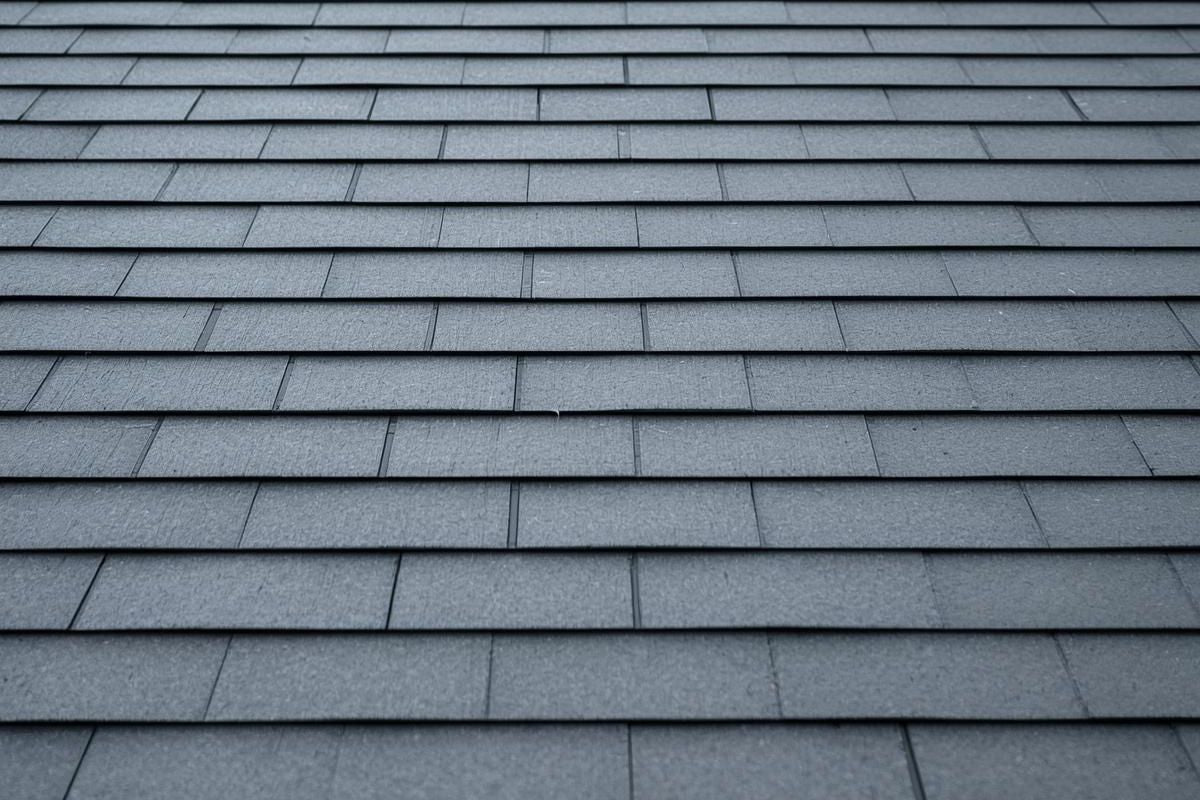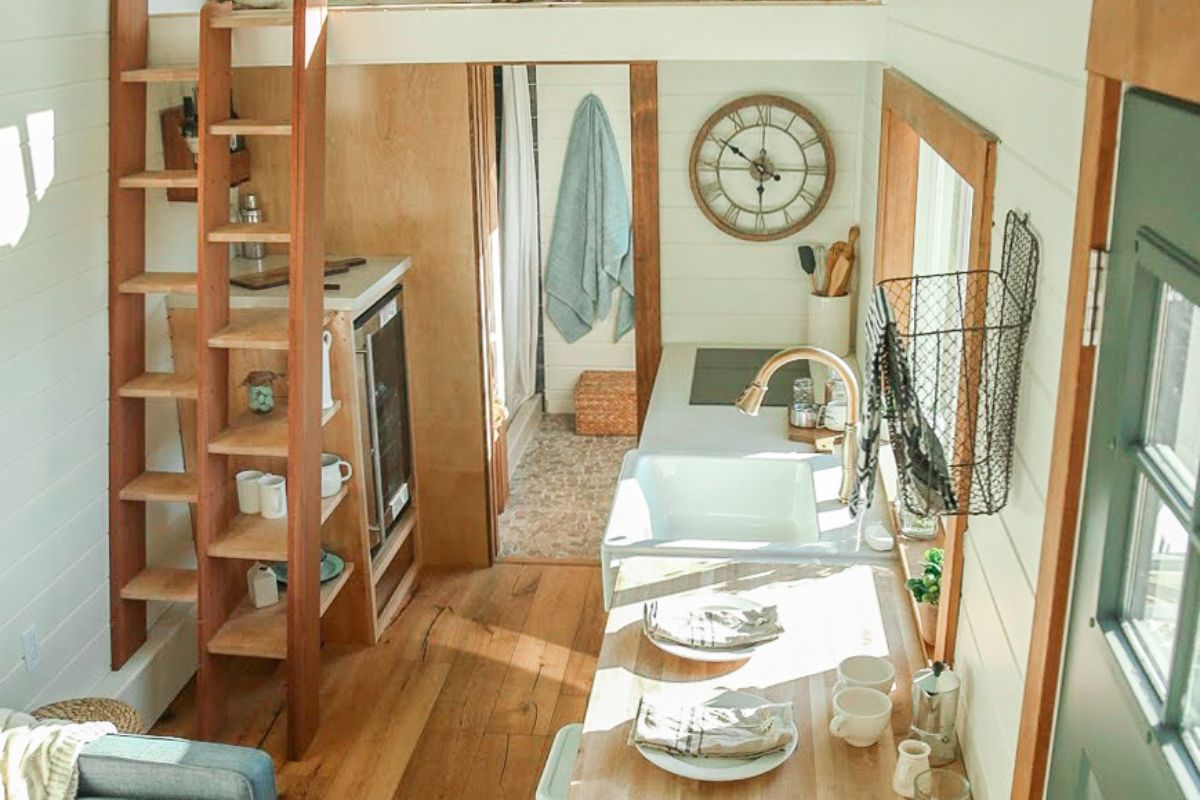When it comes to roofing, one of the most common questions homeowners ask is: How many layers of shingles can you put on a roof?
Whether you’re looking to repair your roof or are considering installing a new one, understanding the answer to this question is crucial for maintaining the integrity of your home.
In this article, we’ll dive into the specifics of how many layers of shingles are allowed on a roof, why it matters, and when you might need to consider a full roof replacement.
How Many Layers of Shingles Should Be on a Roof?
In most cases, the answer is simple: two layers of shingles are the maximum allowed on a roof in many areas for safety and building code reasons. The reason for this is twofold:
-
Fire Safety: Additional layers of shingles can act as an insulator, trapping heat. This can make the roof more susceptible to fire hazards. By limiting the number of shingle layers, building codes help mitigate this risk.
-
Structural Integrity: A roof can only handle so much weight before it becomes a liability. Each layer of shingles adds extra weight to the structure, which can cause issues with your roof decking or even lead to a collapse if the structure isn't built to handle it.
For homeowners considering a roof repair or replacement, it's essential to know how many layers of shingles are already on your roof. If your roof already has two layers, a full replacement is likely required.
But if there’s only one layer, you might be able to get away with a nail-over reroof, though this isn't always recommended.

How Many Roof Layers Can You Have?
The number of roof layers you can have is generally determined by local building codes and the condition of your roof. While two layers are standard, some jurisdictions may allow a third layer, though this is rare and not recommended due to potential safety concerns.
It’s important to note that while some roofing contractors may offer to add another layer of shingles over the old ones, this is usually not advisable unless the roof is in decent shape.
A full roof replacement allows for an inspection of the roof deck, ensuring it can handle the additional weight and that no hidden damage is lurking beneath the surface.
How Many Layers of Shingles Are Allowed on a Roof?
In most parts of the United States, you are allowed to have two layers of shingles on a roof. This rule is in place to ensure that your roof can withstand the weight of the shingles without compromising the structural integrity of the house.
However, when you add a second layer of shingles, you’re covering up underlying issues, such as damaged roof decking or deteriorating flashing, which can lead to further problems down the road. Therefore, even if your roof has just one layer, a full replacement might be the better option for long-term durability.
Why It Matters: Risks of Adding Too Many Layers
While it may seem like a cost-effective solution to simply add another layer of shingles, this practice comes with several risks. Here’s why how many layers of shingles you can put on a roof matters:
1. Inability to Inspect Roof Decking
One of the most significant drawbacks of adding a second layer of shingles is that you won’t be able to inspect or replace the roof decking. The decking, or sheathing, is the foundation of your roof system, and it must be in good condition to support the weight of the shingles.
When you install a new layer of shingles over the old one, you miss out on the opportunity to check for damage to the decking. If the decking is compromised due to rot, water damage, or other issues, it can lead to serious structural problems that won't be addressed until it's too late.
2. Increased Weight and Risk of Structural Damage
Shingles are heavy, and adding a second layer only increases the load on the roof. If the roof decking is already weak or compromised, the extra weight could cause sagging, which can eventually lead to more severe structural damage.
A roof with multiple layers of shingles can be at risk of collapse if the decking can’t handle the added weight. A full roof replacement allows contractors to inspect the roof’s integrity and ensure the decking is capable of supporting a new roof.
3. Inability to Replace Roof Flashing
Roof flashing is an essential component that helps prevent leaks around areas where the roof meets walls, chimneys, or valleys. When you add a second layer of shingles, you essentially cover up the existing flashing, which may be deteriorating.
If the flashing is compromised or improperly installed, this could lead to water leaks that are difficult to trace. A full roof replacement, on the other hand, gives the contractor a chance to replace the flashing and ensure it is in top condition.
4. Hidden Damage and Future Repairs
When you add a second layer of shingles, you are hiding underlying damage, such as leaks or wear and tear. This can lead to more significant problems down the line, as any damage beneath the shingles may continue to worsen without being addressed.
If water starts to infiltrate under the new shingles, it can be difficult to locate the source of the leak and repair it effectively. A full roof replacement allows the contractor to thoroughly inspect and address any hidden damage, giving you peace of mind.
5. Limited Warranties on Double-Layer Roofs
Another factor to consider is the warranty. When you opt for a second layer of shingles, you may not qualify for the best warranties offered by manufacturers. Many roofing warranties require a full roof replacement to be valid, and without a full replacement, you might only receive limited coverage on the roof.
A full replacement not only guarantees better protection from the manufacturer but also ensures that all parts of the roofing system, including underlayment, flashing, and ventilation, are replaced to meet modern standards.

How Many Layers of Shingles Can You Put on a Roof: The Bottom Line
The answer to how many layers of shingles can you put on a roof is generally two, and in most cases, this is the maximum allowed by building codes.
While you might be tempted to add a second layer of shingles to save on costs, it’s crucial to understand the risks involved, such as hidden damage, structural concerns, and limited warranties.
For the best long-term results, it's always advisable to consult with a professional roofing contractor. A reputable contractor like Owl Roofing can assess your roof and advise you on the most appropriate course of action.





Share: